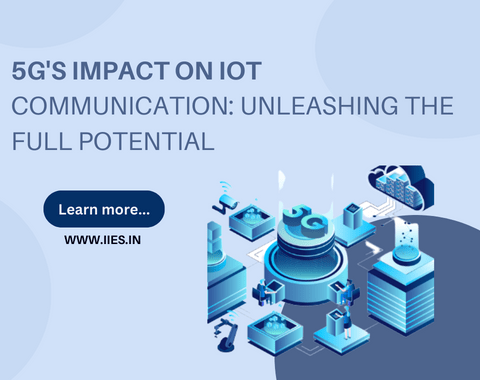The advent of 5G and its impact on IoT communication has the potential to transform industries in numerous ways. In the manufacturing sector, for example, 5G-powered IoT devices can improve factory automation, enable predictive maintenance, and enhance supply chain management. This leads to increased efficiency, reduced downtime, and cost savings.
In the healthcare industry, 5G enables improved telemedicine services, remote patient monitoring, and seamless connectivity of medical devices. This allows for better healthcare access, more personalized treatments, and early detection of health issues.
The transportation sector can also benefit from the combination of 5G and IoT. With enhanced connectivity, intelligent transportation systems can be implemented, leading to optimized traffic flow, reduced energy consumption, and improved safety on the roads.
In agriculture, 5G-powered IoT devices can revolutionize precision farming practices. Through real-time data collection, farmers can optimize irrigation, monitor soil conditions, and automate farming processes. This improves crop yield, minimizes resource wastage, and enhances overall farm management.

